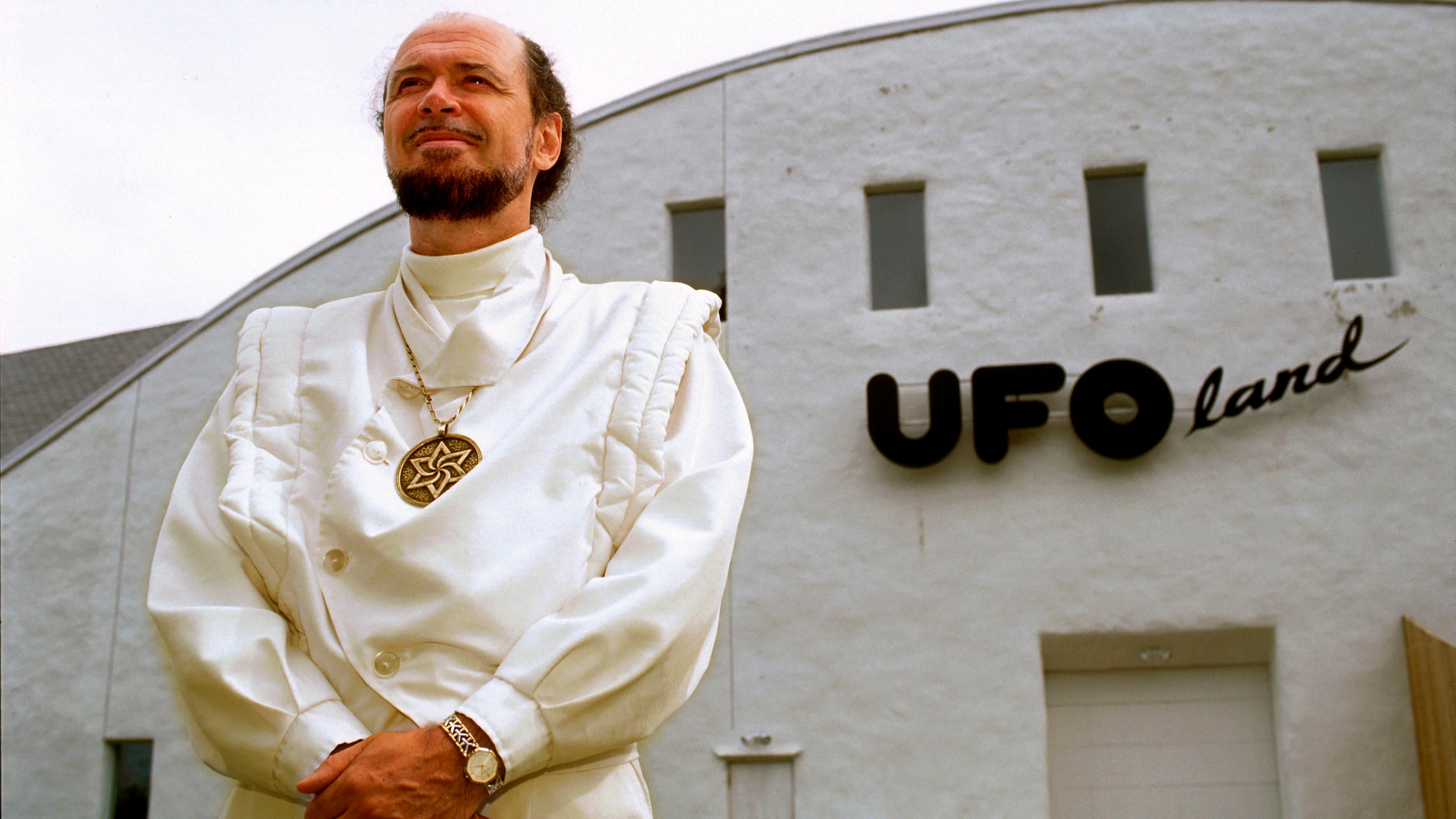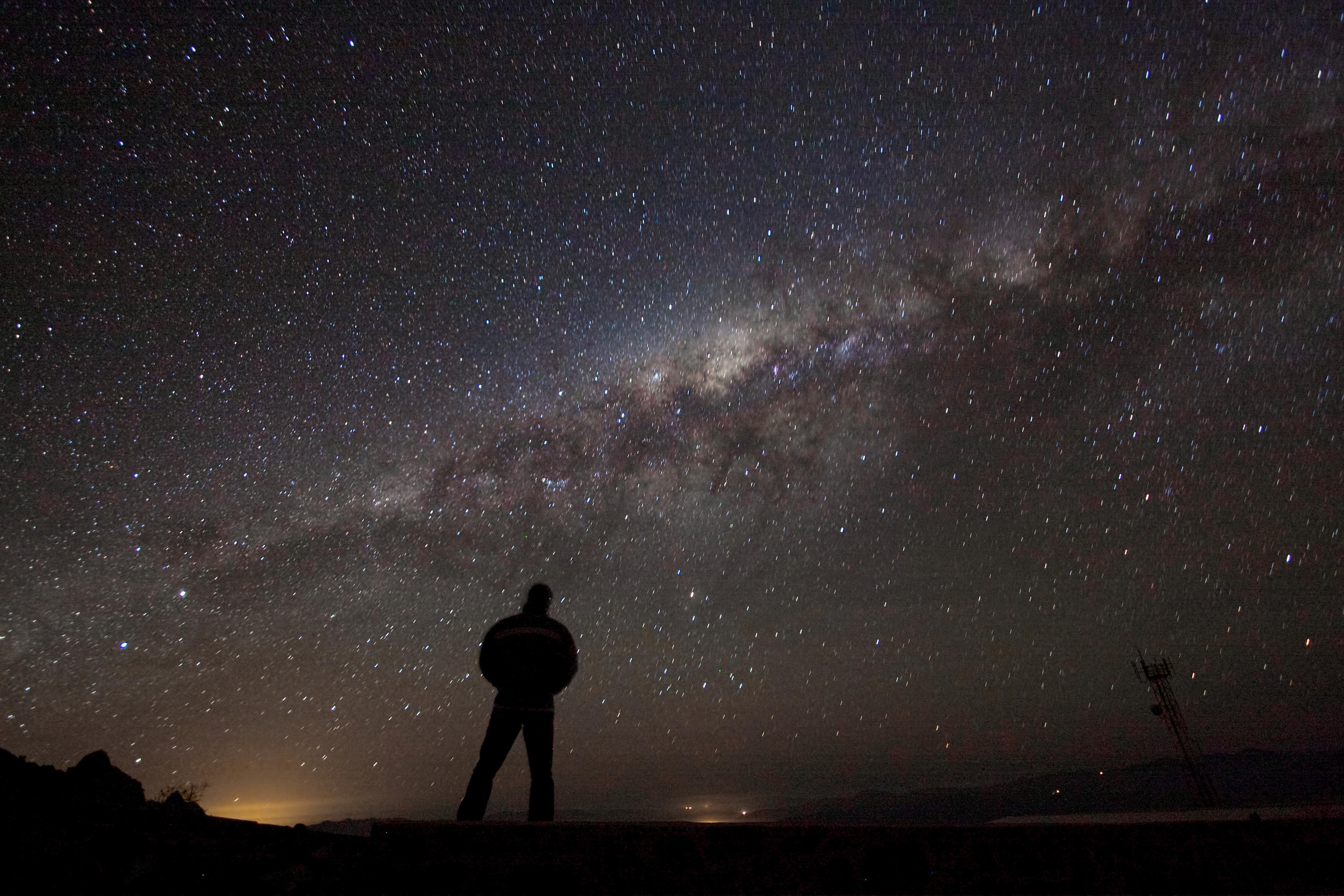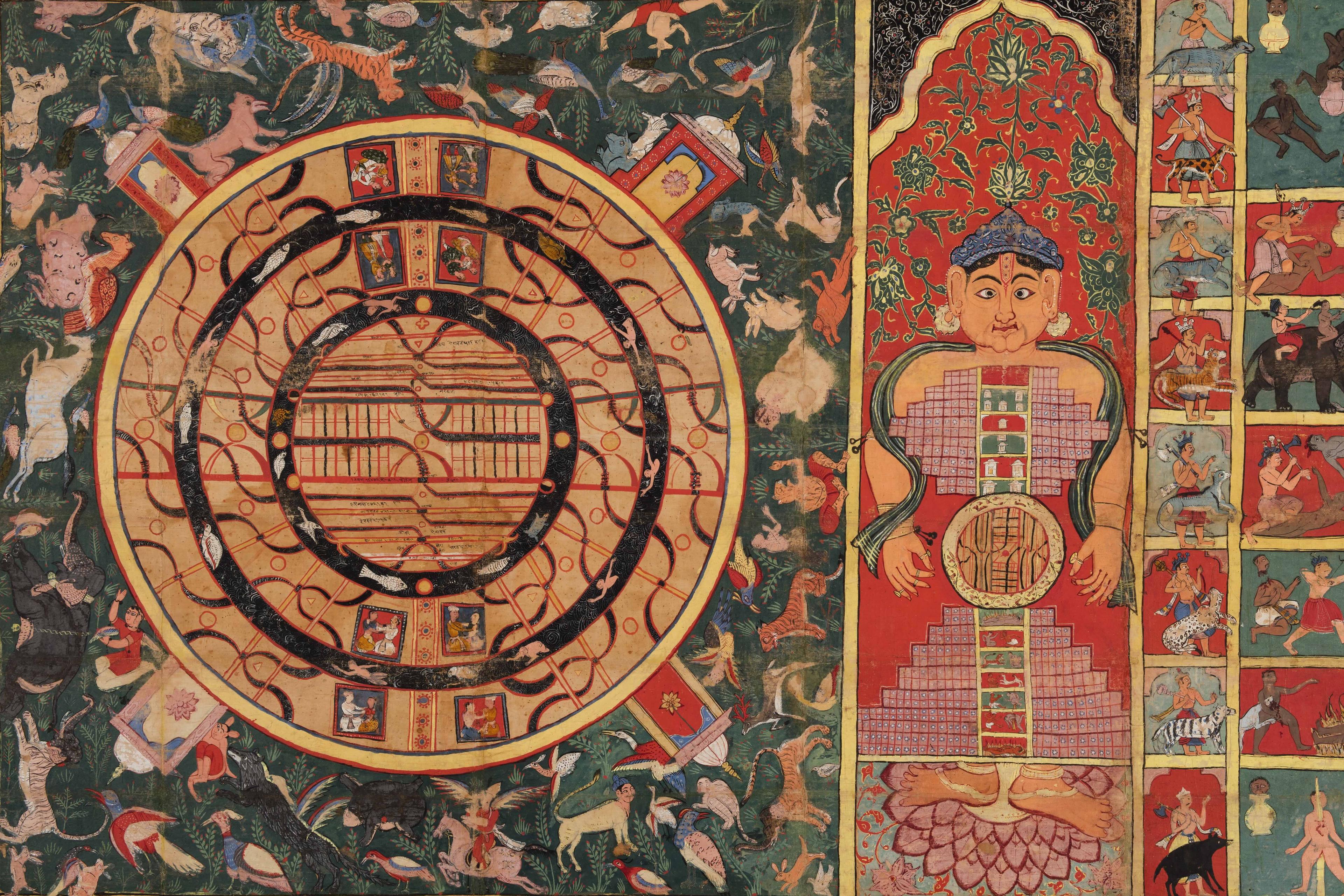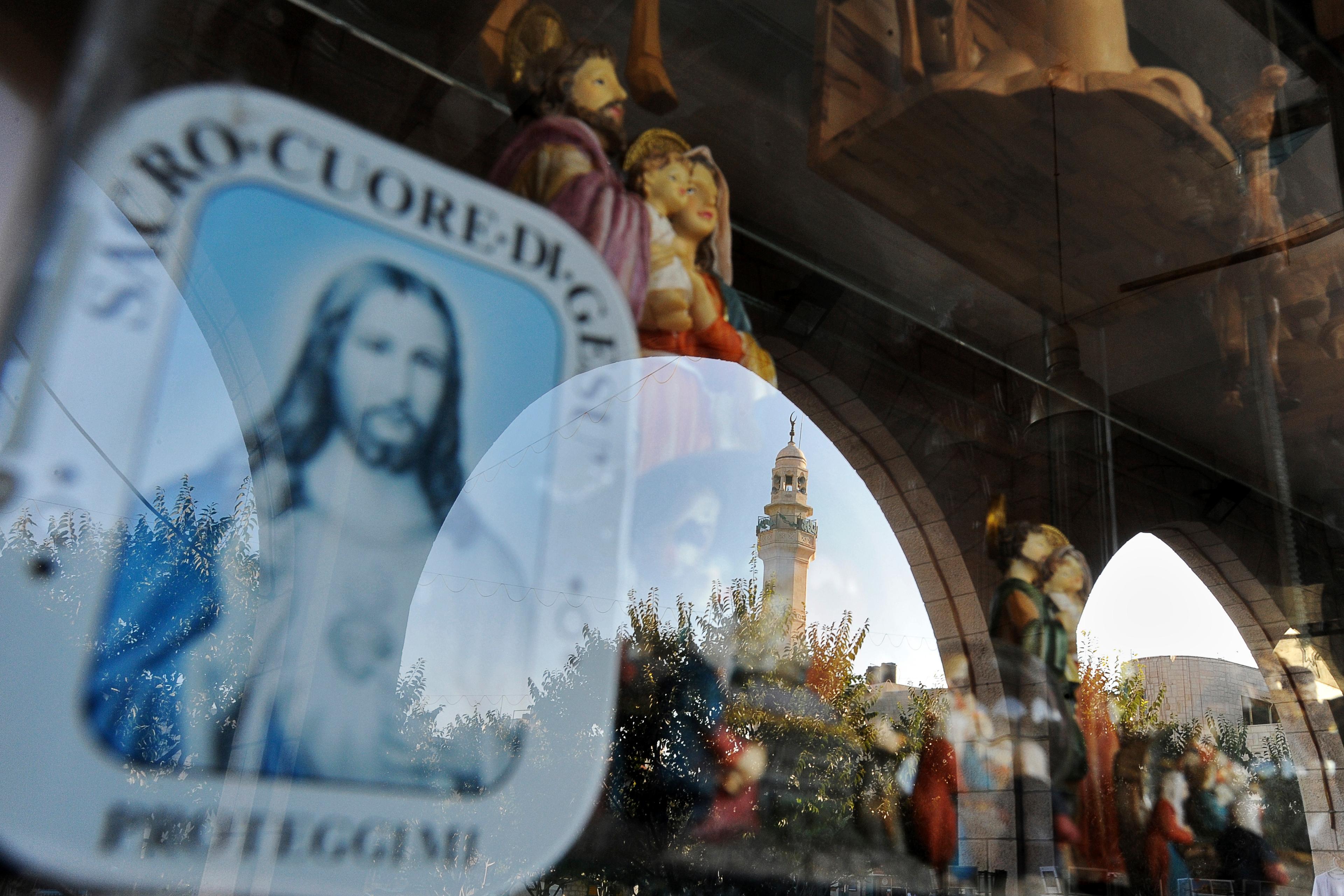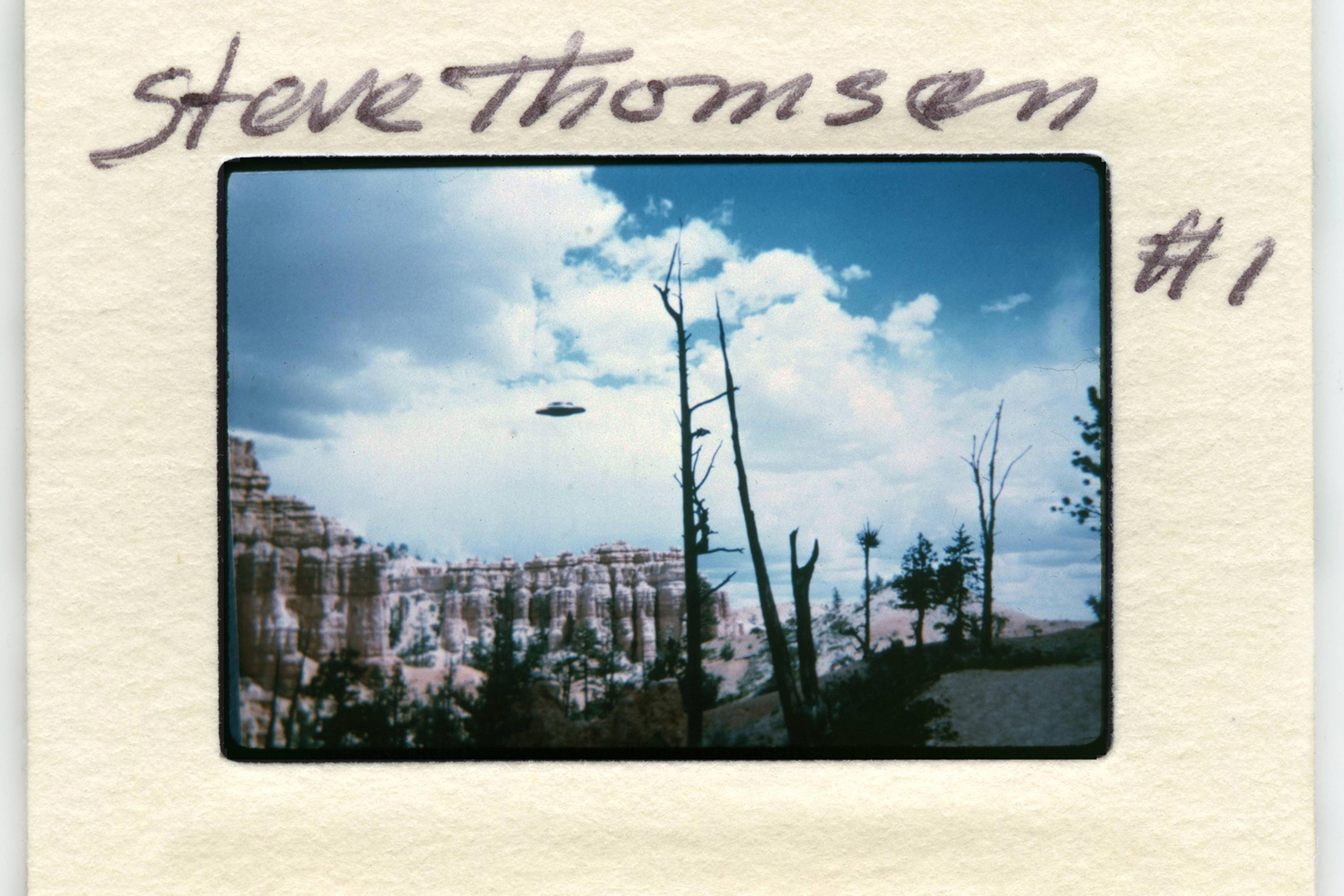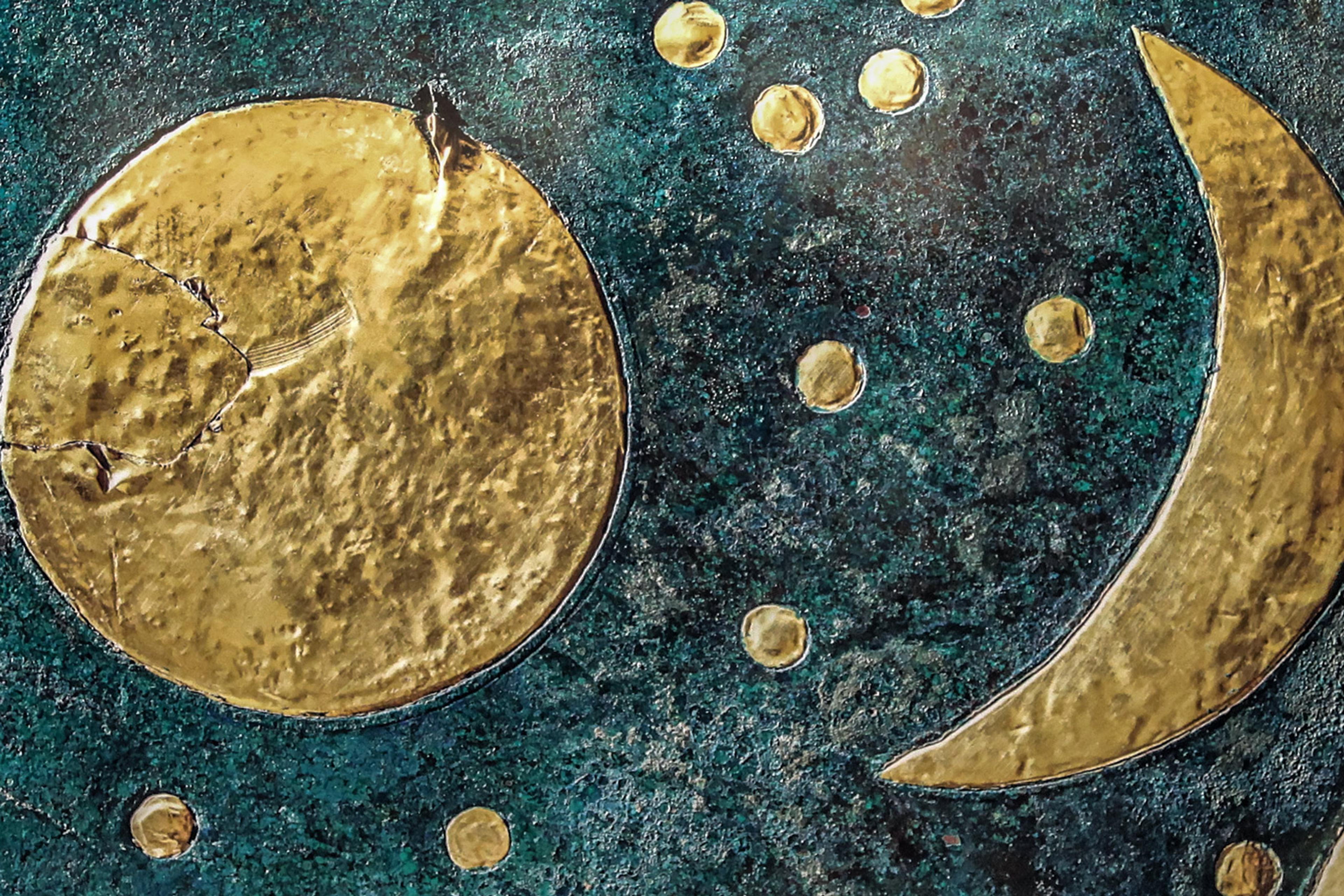In my 20s I interviewed Jesus Christ’s half-brother, Claude. In his storied life, he had been a sports journalist, a test driver and a minor pop star, before changing his name to Raël and turning to spirituality. Or, better, science. This happened when Claude met the Elohim, the extraterrestrials who were the true creators of humanity. One of them, Yahweh, had fathered Jesus, and centuries later he had also fathered Claude, who was to be the last in a long line of prophets. Humankind was almost ready to move beyond superstition and fully embrace the power of science, which would give us, among other gifts, immortality. Claude assured me that he and his followers would lay the groundwork.
The Raëlians are not the only UFO religion born in the 20th century. They are the most laid-back, with their dancing nights and their ‘sensual meditation’, a far cry from the nihilism of another, Heaven’s Gate, whose members died in a mass suicide in 1997. The Aetherius Society is an early example, Scientology is another, more famous one, and the list could go on. It is a busy field.
That UFOs would give rise to new forms of spirituality is not strange. Analysing the author Whitley Strieber’s reports from 1987 of a long series of extremely bizarre meetings with alien creatures, the scholar Jeffrey Kripal wrote in Secret Body (2017) that ‘the history of religions is the broadest context and grammar’ of such experiences. Ever since the dawn of our species, religions have been helping us make sense of ourselves and the world, especially at times when our certainties crumble. Narratives about extraterrestrials help satisfy that same need. Interest in UFOs – which has been showing signs of resurgence in recent years – has more to do with the soul than with the stars.
Ufology is a child of the same post-Second World War reality that gave us microwave ovens and contraceptive pills. In June 1947, the aviator Kenneth Arnold, flying past a volcano not far from Seattle, spotted nine aircraft the likes of which he had never seen. They had an impossible shape and manoeuvred in unusual ways. They were literal UFOs, unidentified flying objects. After the comparatively quiet years since the end of the war, a new drama was on the horizon. Some speculated that the objects might have come from another planet. Less than a month later, the public information officer of the Roswell Army Airfield announced that one had crashed in their county. ‘The many rumours regarding the flying disk became a reality yesterday,’ the public was told. The press release was soon corrected (a new release stated that the crashed object was in fact a military balloon), but the cat was out of the bag, and UFOs firmly in the sky.
The world was fresh out of the biggest crisis it had ever faced. The century hadn’t reached the halfway mark yet and it had already taught people two lessons: firstly, that planetary crisis could happen, and secondly, that the next one would probably be the last. The recent war had ended with the deployment of the atomic bomb, a technology that was numinous in the sense that the theologian Rudolf Otto gave to the word – a mysterium tremendum et fascinans, a mystery frightening and compelling at once. Technology had the godlike powers of levelling cities in a moment and killing survivors with invisible rays. Laypeople couldn’t comprehend it, scientists couldn’t restrain it. Reality had gone out of hand.
And people saw strange things in the sky. Lights that shouldn’t be there, or whole spacecraft. Sometimes they met the pilots. In a matter of decades, a byzantine mythology developed – or, really, a number of interlocking, sometimes contradictory, mythologies. In the 1950s, as the threat of nuclear annihilation became familiar, aliens visited consistently, often bringing messages of peace. But in 1961 they abducted Betty and Barney Hill, an interracial couple, to experiment on them. Many more people from all over the world would report alien abductions and, by the end of the millennium, our visitors had their hands full: they were plotting with terrestrial governments, having sex with humans, mutilating cattle, and contacting prophets.
Public interest in the hearing highlighted that people continue to believe in UFO
Then they dialled it down. The interest in alien spaceships seemed to wane, to the point that in 2018 the cultural historian Stuart Walton was telling The Guardian that ‘Belief in UFOs is definitely in a state of decline…’ UFO folklore never completely died out but, for many of us in the 21st century, it came to feel as if stories about humanity’s space siblings were not fit for the cynical realities of post-9/11 Earth. Until, in 2023, a US Congressional hearing disabused us of this notion.
Three whistleblowers from military circles spoke to members of Congress: the gist of what they declared under oath was that sectors of the US government had covered up information about unexplainable objects in the sky. The government had retrieved alien technology, and with that, nonhuman ‘biologics’. The whistleblowers could not give any proof, but they all had solid credentials and were putting their reputations on the line. It was a peculiar moment.
The hearing, and the public interest in it, highlighted the fact that people continue to believe in UFOs. A Pew Research Center survey from 2021 found that 40 per cent of the US public thought that military sightings were probably proof of the existence of alien life, and a further 11 per cent thought they were definitely proof. A YouGov poll from the same year showed that roughly one in five Britons believe aliens have been visiting our planet. And 20 per cent say they have either seen a UFO or know someone who has.
What accounts for this persistent belief and enthusiasm? Again, it helps to recognise that there is nothing new here. Extraterrestrial visitors ‘possess countless precedents in the general history of religion’, Kripal observes. Humans have been seeing strange lights in the sky ever since we started looking at the sky. We have been meeting impossible beings, we have been abducted by fairies, we have had prophetic dreams and sex with demons. The various elements of UFO mythology are hardly novel.
To talk of UFOs in terms of a mythology is not to dismiss their significance. Quite the contrary. As the religion scholar Karen Armstrong writes in A Short History of Myth (2004), it is ‘a mistake to regard myth as an inferior mode of thought’. She argues that ‘myth is make-believe’ the way art is make-believe: ‘it is a game that transfigures our fragmented, tragic world, and helps us to glimpse new possibilities by asking “what if?”’ A myth might not be factually true, but it can still point us at something true.
Armstrong writes that, in the ancient world:
Mythology was not about theology, in the modern sense, but about human experience. People thought that gods, humans, animals and nature were inextricably bound up together, subject to the same laws, and composed of the same divine substance … When people spoke about the divine, they were usually talking about an aspect of the mundane.
UFOs, even with their advanced technological trappings, harken back to ancestral ways of making sense of our experience of the world. ETs don’t live on a metaphysical plane, they just come from very far away – or so went the original narrative, the one to which laypeople typically subscribe. They are composed of the same substance as us. UFO enthusiasm is continuous with religion in its most ancient, visceral form.
The fundamental feeling that we are part of a cosmos much bigger than us remains the same
At the end of the last Ice Age, an unnamed artist sculpted a mammoth tusk into the shape of a hybrid of human and cave lion. The Lion Man is the oldest known statue, and it is noteworthy that it’s a statue not of a chief, a warrior or a child, but of an uncanny creature. A myth carved in ivory. In order to create it, the artist had to work with a panoply of tools for around 400 hours, and this in a world in which finding enough calories to survive was a daily challenge. We have no clue what the Lion Man was for; what is certain is that it mattered. The Lion Man speaks of a world where the boundaries between human and animal were permeable, and that permeability was a key concern.
Fast-forward 40,000 years, and we have other uncanny beings, painstakingly represented with modern tools. Space siblings rather than Earthly ones, hybrids between human and technology rather than between human and animal. Some of humanity’s concerns have changed, but the fundamental feeling that we are part of a larger whole, of a cosmos much bigger than us, remains the same.
Remember the context in which alien spaceships started to make sense. The first powered airplane flight occurred in 1903; a mere 42 years later, airplanes had dropped the godlike Bomb. The sky was not the limit: there was no limit anymore. By the time the first crewed mission to the Moon landed in 1969, a person who had been born when neither airplanes nor television existed could be sitting in his living room, watching Neil Armstrong leave his footprint on another world.
My generation, born in the 1980s, has gone through its own shocks. We were born in a world where telephones were bulky fixtures of our parents’ houses, books had to be acquired at shops or libraries, and music had to be paid for. Now we live in a world where we can connect to the internet through our watches or smartphones, getting all the reading material, music and conversation we want. In 2008 we went through a crisis that upended what we believed about another key narrative of our era, capitalism, and in 2020 we went through a pandemic. We live on a planet as uncertain as ever, where great powers are playing soldiers again like kids on a sugar rush, while the climate, the air itself, changes for the worse. We don’t know how the world is supposed to work any more; we have been reminded how strange the everyday is. And spiritual spaceships make sense again.
It’s a tricky thing to determine what counts as a ‘religion’: some religions have a theology (that is, a systematic understanding of their gods and doctrine), while others don’t; some religions have specific beliefs about the afterlife while others don’t; and some religions are not centred on belief at all, but rather on practices and ritual. What is a religion, then? We could break the impasse by understanding religion as a composite language that people use to articulate experiences that are beyond the scope of words and images.
Humans meet strange creatures in the woods, feel a sense of transcendence in mundane settings, see absurdities in the sky and on Earth. These experiences are powerful. When faced with them, we act as bricoleurs, to use Claude Lévi-Strauss’s beautiful expression – we rearrange what cultural materials we have at hand in order to do that highly important thing, make sense. At the end of the Ice Age, the materials included cave lions; in the 1950s, spaceships. Once upon a time, people sent prayers to an invisible sky-god; today, with the SETI project, we send radio signals to invisible aliens. We are doing what we always have: we raise our heads, shout our questions to the stars, and wish for an answer.
It is puzzling if we get an answer, and puzzling if we don’t. The inherent strangeness of being alive will keep haunting humankind, and we are always going to try to make sense of it. Whatever sense we manage to make, it will be a small, temporary thing. Cave lions and spaceships, they are all part of the same mystery.
